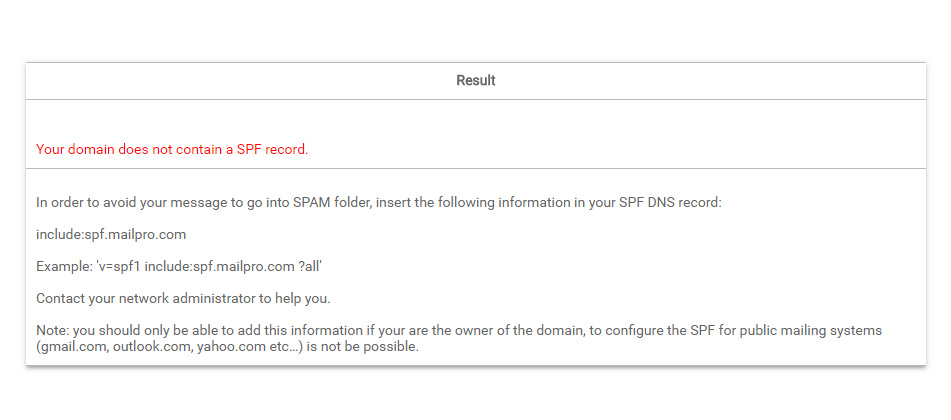An SPF (Sender Policy Framework) record is like a virtual ID card for your email server that helps prevent email fraud and spoofing. It tells other email servers that you're the real sender of your emails and not an imposter.
By adding a specific TXT record to the DNS (Domain Name System), you will be adding your domain to the list of authorized sending hosts for another domain. Mainly, SPF is another form of email validation, which allows senders to define which IP addresses are allowed to send mails for a particular domain.

You need to contact your network administrator in order to add a record in your DNS
